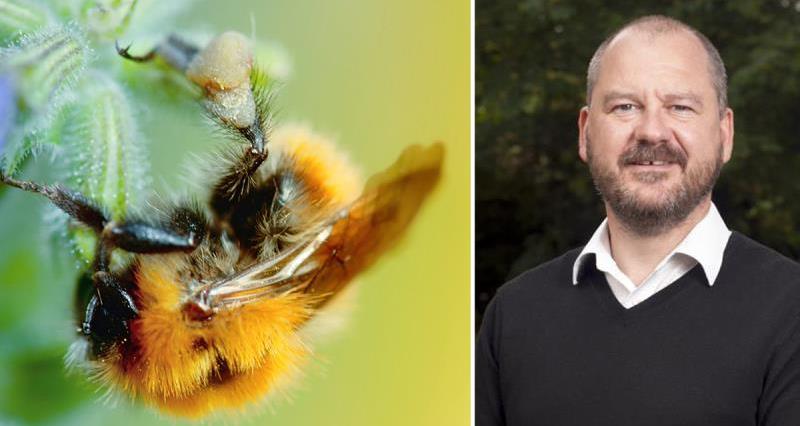He writes
I really welcome the findings of the world’s largest ever field trial looking at the real impacts of neonicotinoid pesticides on bees. Yet once again, this new piece of research appears to have completely split those involved in this issue over whether or not it’s a game-changer – is it the final nail in the coffin of neonicotinoids or another piece of useful, but inconclusive, research?
Having spent six years myself doing field trials with beneficial insects I know first-hand how challenging these big experiments are. This huge new study is complex and it delivers a complex range of results that adds to our understanding. I have no issue with the results – they are not in dispute. The problem lies with how the results are being interpreted and reported. Because reporting just a small part of the findings serves only to ensure there is one clear loser from this study – and that’s science itself.
The main findings of the study focus on whether or not two different neonicotinoid seed treatments, in three different countries, affect 14 different measures of bee health, compared to crops not treated with neonicotinoids. So, in total, the study looks at 84 different comparisons of a ‘with neonicotinoid’ situation with a ‘no neonicotinoid’ situation. From these 84 comparisons, only nine show a significant effect. Of the nine significant results, six show a significant negative or harmful effect and three show a significant positive or beneficial effect, i.e. bees are better off where neonicotinoids have been used.
In an ideal world, where people valued science and evidence, and its accurate and unbiased reporting, you would hear about all these results. However today, all the researchers, journalists and environmental organisations I’ve heard are only talking about the six significant harmful effects. It appears there’s almost a conspiracy of silence about the positive beneficial effects of neonicotinoid use for bees clearly found in this study. The study shows in Germany there were just two significant results and they were both a positive beneficial effect for bees (honeybees and bumblebees) from the use of neonicotinoids. Yet I’ve actually heard a leading environmental organisation say that the researchers ‘didn’t find any results’ in Germany. Guess what – I’ve not heard the significant positive result for honeybees in the UK mentioned either.
Perhaps worse than this blindness to the positive results from this study is the ignoring of the fact that for at least 75 of the 84 comparisons – i.e. 89% of the scenarios tested – use of neonicotinoids had no effect at all. I also know for a fact a number of really well-respected scientists have highlighted to the media that, because of the mixed results of this study, it’s difficult to draw any firm conclusions from it. But, so far, I’ve seen little or no coverage of their comments.
The NFU has never said that insecticides aren’t harmful to insects. The question here has never been whether or not neonicotinoids can be harmful to bees; the question is whether or not such harm means neonicotinoids are the cause of widespread declines in bee biodiversity and populations and whether, as a result, the evidence supports bans on their use. This landmark study does not answer this question. But the reporting of this research has been an object lesson in how to ignore the majority of the evidence – this won’t help the bees and it undermines the credibility of science itself.
- Dr Chris Hartfield is the NFU’s acting chief science and regulatory affairs adviser. He is also the NFU’s lead on bee health and pollinator issues.
